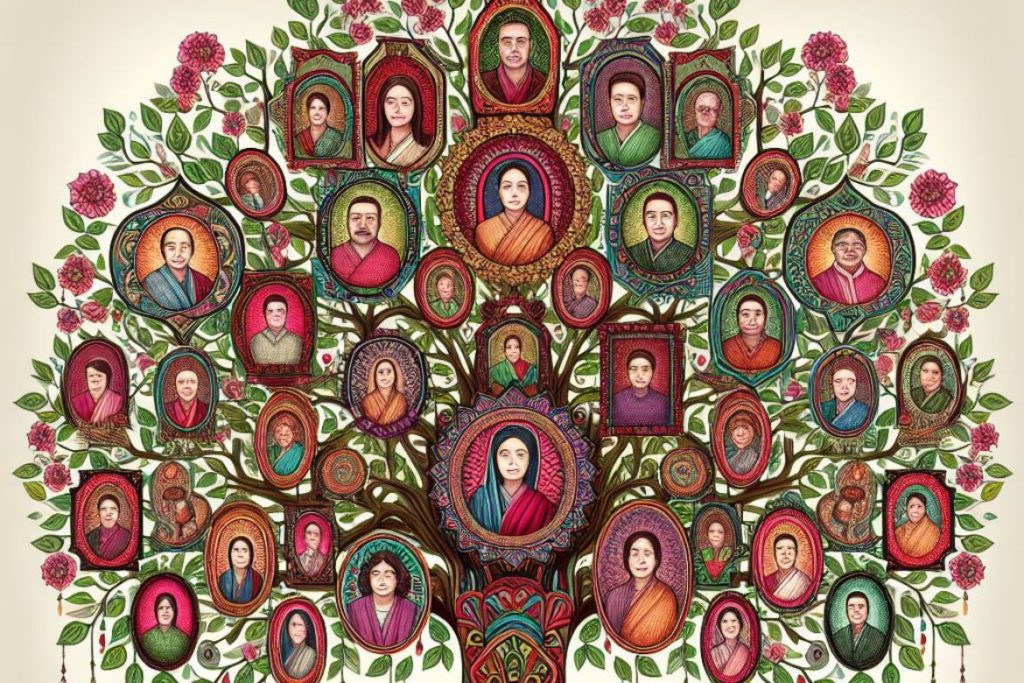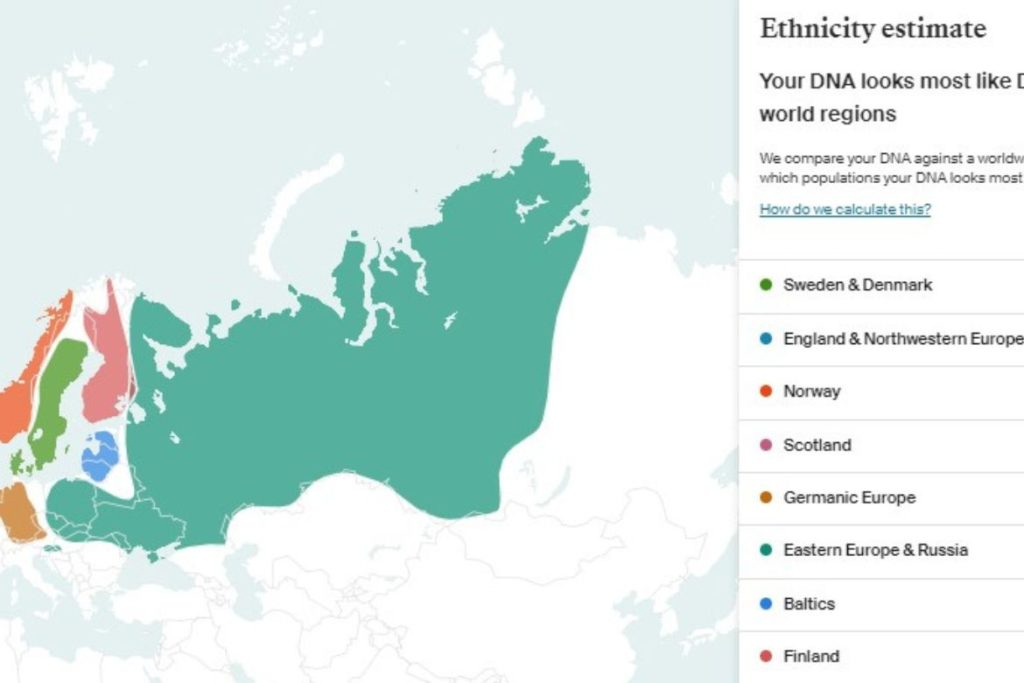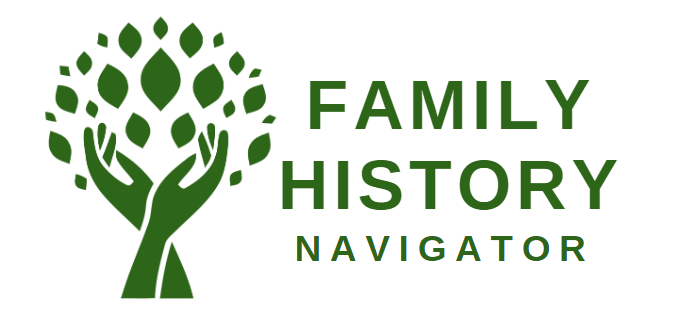Embarking on a genealogy journey is a thrilling and rewarding endeavor that can unlock the mysteries of your family’s past. Whether you’re a novice or have dabbled in genealogy before, these three essential steps will serve as your guide into the captivating world of family history research. Let’s explore how to get started and set yourself up for success!
Step 1: Assemble All Available Documents and Resources
The first step in any successful genealogical research project is to gather all available documents and resources related to your family history. This includes birth and death certificates, marriage records, immigration documents, census records, wills, letters, old photographs, and family bibles. Also locate any existing family trees, both older paper versions and any online trees that might exist on sites such as Ancestry or in a computer software program such as RootsMagic.

Contact other family members to determine what information they have. Don’t limit your inquiries to immediate relatives; reach out to extended family members as well. In particular, reaching out to the oldest members of your family can be useful as they might have first-hand information you’re not aware of. Every detail, no matter how small, can be a valuable clue in your research.
Pro tip: Official documents and existing trees are the most common resources you might find, but be sure to think beyond the obvious. For example, an early 1900s letter from my great-great-grandmother in Sweden to her daughter in Chicago provided essential clues I couldn’t find elsewhere. And one of my students was able to break through a problematic genealogy brick wall using information she found in an old family bible.
Step 2: Create or Update Your Family Tree
Building a comprehensive family tree is the backbone of successful genealogy. With the plethora of online platforms and genealogical software available today, creating and updating your family tree has never been easier. Choose a platform that suits your preferences and allows you to input and organize information efficiently.

A family tree serves as the backbone of your genealogy research. Decide on a platform to create and maintain your family tree. There are several options available, including online platforms like Ancestry.com, MyHeritage, or offline software like Family Tree Maker or RootsMagic. Choose one that suits your needs and preferences. As you begin adding information, organize it in a clear and logical manner, starting with yourself and working backward in time.
Again, analyzing the pros and cons of every possibility for creating a family tree is beyond the scope of this post. But if you’re not sure where to start, one of my favorite places to create a tree is on Ancestry.com. It’s easy to use and Ancestry offers a large variety of resources to help with your research plus provides hints as to who your ancestors might be (tip: always verify every hint yourself!).
Tip 3: Consider the Possibilities DNA Testing Provides
In recent years, DNA testing has revolutionized the field of genealogy, providing unprecedented insights into family connections and ancestral origins. A DNA test can provide you with estimated ethnicity percentages, a list of DNA matches (people you’re related to, both close and distant), and optional health insights. Using this information, you can:
- Use DNA analysis tools to help you break through brick walls, discovering ancestors you couldn’t find using traditional research methods
- Locate and potentially meet distant cousins around the world
- Discover the identity of birth parents
- Uncover clues about your ancient ancestry (Were your ancestors Vikings? Do you have ties to Stonehenge?)
As a professionally trained and experienced genetic and forensic genealogist you can probably guess that I highly recommend incorporating DNA testing into your research strategy! It will take you far beyond what traditional documentary evidence can provide.

The question is: where to test? Testing options include Ancestry DNA, MyHeritage DNA,, FamilyTreeDNA, Living DNA, and 23andMe. My post Choosing the Best DNA Test for Your Needs covers this topic in more depth. Ancestry has the largest database of users so it makes the most sense for the majority of people. MyHeritage has the largest user base in Europe, however, so if your ancestors are primarily in Europe then that test might make sense.
Pro tip: If you take an Ancestry DNA test, you can also upload your results to MyHeritage, FTDNA, Living DNA, and GEDMatch. But the reverse isn’t true. Something to keep in mind if you want to look for matches on multiple sites. Also, the only way to get DNA results on 23andMe is to take their test. They don’t upload any other tests.
Let’s delve into a real-life example. My dad’s side of the family has been living in the US for generations (early arrivals in the 1620s). My mom’s side of the family consists entirely of recent European immigrants. So I took an Ancestry DNA test and also uploaded my DNA to MyHeritage and other sites. Eventually, I also took a test at 23andMe just to cover all bases.
Getting Started with Genealogy: Conclusion
Embarking on a journey into your family history is a rewarding and enlightening experience. By following these three basic steps you’ll set yourself on a path to success.
Remember, genealogy is a meticulous process that requires patience and perseverance. Embrace the thrill of discovery, learn from the stories of your ancestors, and celebrate the unique heritage that makes you who you are. Happy researching!

